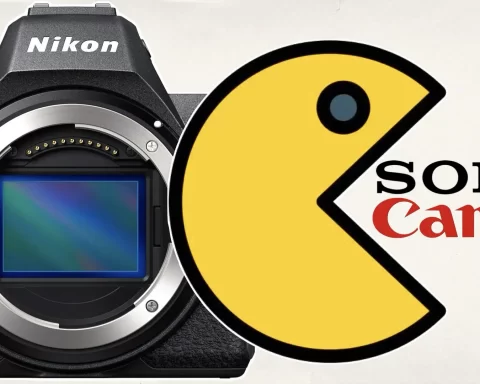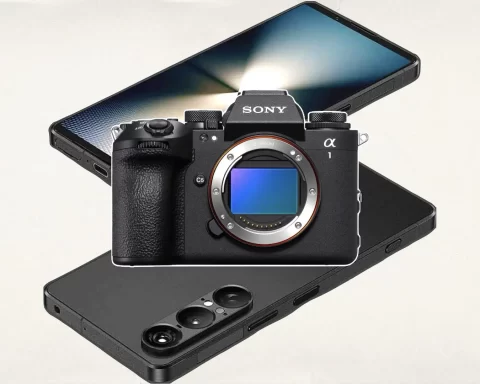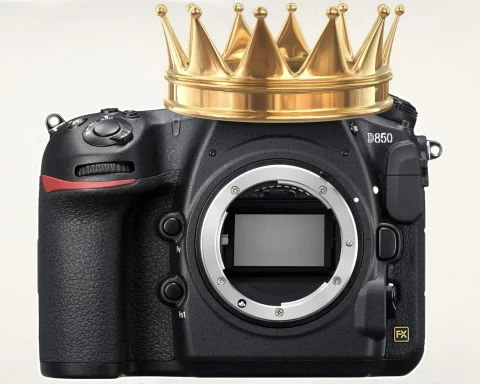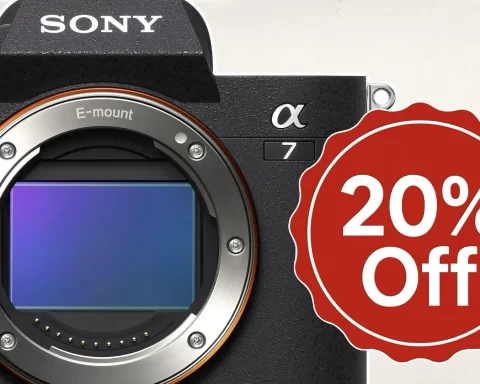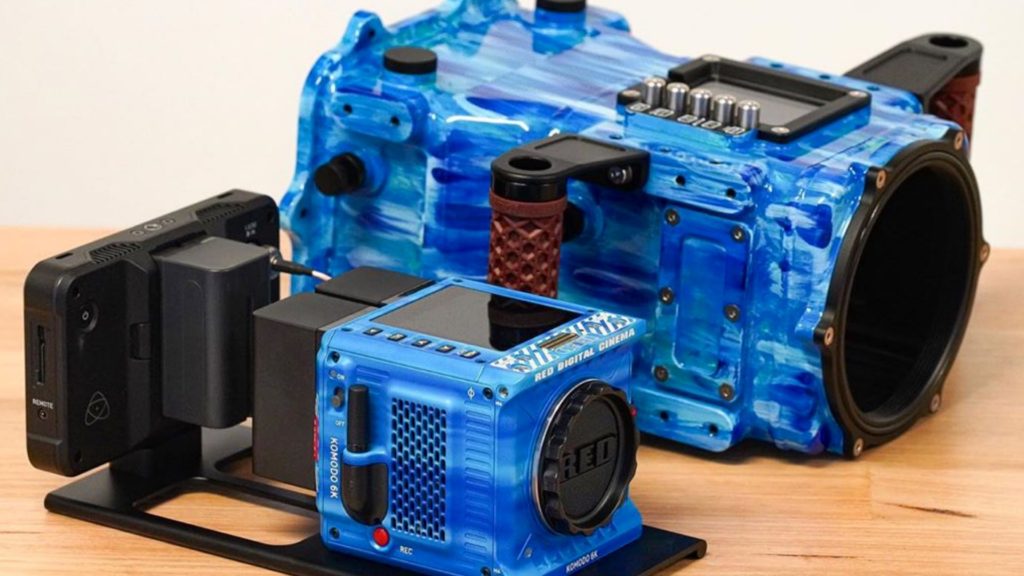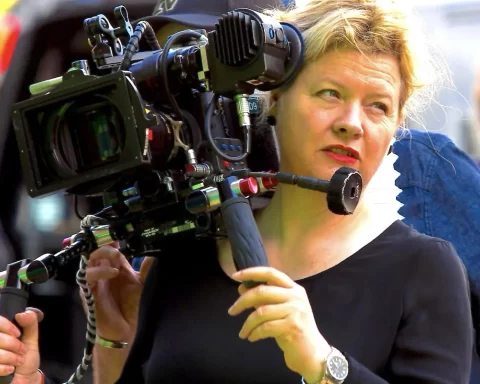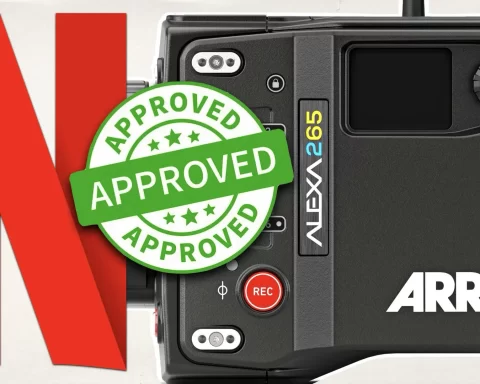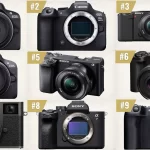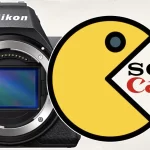Today, Sony announced the long-awaited addition to its acclaimed Alpha 7S full-frame mirrorless camera series — the Alpha 7S III. Moreover, at the same time, Atomos has announced the RAW recording at up to 4Kp60 via HDMI from the camera to the Ninja V HDR monitor-recorder, transforming the α7S III into a cinematic beast. Read on.

Sony α7S III: Full Frame, 4K, 15 stops of DR and minimized rolling shutter artifacts
The Sony α7S III features a brand new 12.1MP back-illuminated full-frame image sensor that is capable of 15+ stops of dynamic range (as Sony claims). The video capabilities include 4K 120p and 10-bit 4:2:2 color depth. Regarding media, we have here dual-slot relay recording that enables over one-hour of 4K 60p movie shooting.
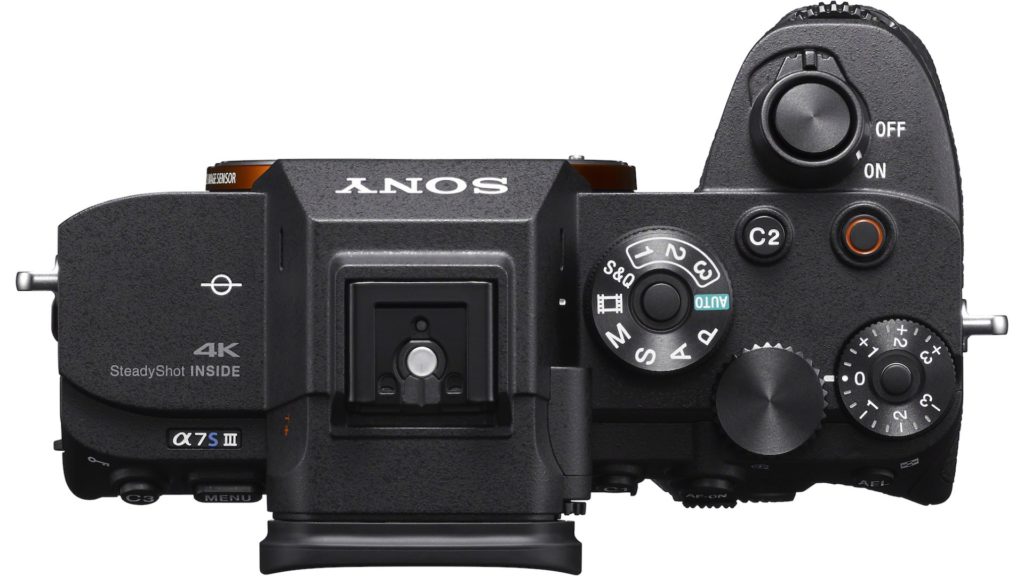
Flexible autofocus dedicated to filmmakers
The camera includes several AF features for filmmakers including AF Transition Speed in seven settings, to easily create rack-focus transitions, and five AF Subject Shift Sensitivity settings, which allows the user to customize how easily AF will switch or stay with the locked-on subject. Touch Tracking allows users to not only initiate Real-time Tracking but also compose and shoot while using a gimbal or while shooting solo. It’s now possible to Touch Focus during manual focus mode on the LCD screen or remotely from the Imaging Edge Mobile application.

New Heat-dissipating Structure
The Alpha 7S III’s design has been updated to ensure effective heat dissipation and minimizes overheating — even during extended continuous recording sessions at 4K 60p 10-bit 4:2:2 video lasting an hour or more. A newly developed unique heat-dissipating structure keeps the image sensor and image processing engine temperatures within their normal operating ranges, preventing overheating while maintaining compact body dimensions. The new heat-dissipating structure requires no fan or cabinet vents allowing Alpha 7S III to maintain dust and moisture resistance.
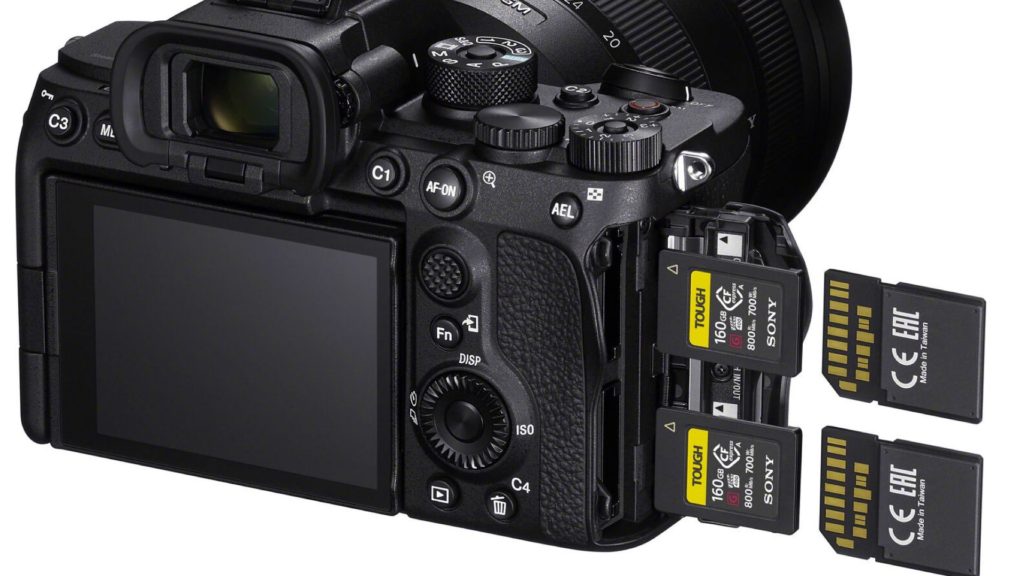
CFexpress Type A for High-speed Data Transfer
The Alpha 7S III features two CFexpress Type A compatible media slots which also support UHS-I and UHS-II SDXC/SDHC cards, enabling high write-and-read speeds while keeping the camera body compact in size. CFexpress Type A cards are ideally suited to high-speed continuous RAW still image shooting as well as 4K 120pi movie recording at high bit rates, providing next-generation write speeds that can quickly clear the buffers of cameras that generate high volumes of still image and movie data. High-speed data transfer to a PC is possible at about 1.7 times faster than that of the SD card. The dual slots can be set to relay mode for extended continuous recording of even the highest bit rate data as well as simultaneous recording and sort by format type recording.
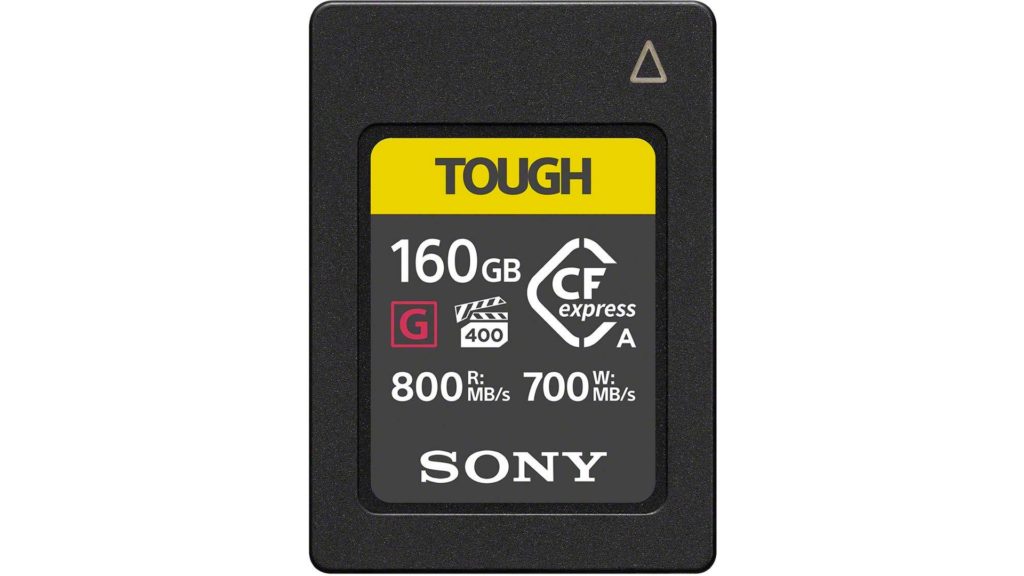
These are the key features of the CFexpress Type A card:
- Up to 700MB/s write speed and 800MB/s read speed
- Compact design and advanced functionality
- Effective heat dissipation design
- TOUGH specification construction ensures high durability and dust/water resistance
- Supported by File Scan Utility memory diagnostic software and Memory Card File Rescue data recovery software
The CFexpress Type A memory cards and card reader will be available in Europe in September 2020. See below for suggested retail pricing:
- CEA-G80T: €230
- CEA-G160T: €440
- MRW-G2 Card Reader: €140
For the key features of the Sony α7S III, explore the slide below:

Now for the good stuff: 4Kp60 Full-Frame ProRes RAW via Atomos
Today, Atomos announced the option of RAW recording at up to 4Kp60 via HDMI from the α7S III to the Ninja V HDR monitor-recorder. Optionally, RAW video can also be captured on the Ninja V at the same time as the compressed video is recorded internally to memory card on the Alpha 7S III, providing several workflow options and a useful backup.

What Sony has done with the Alpha 7S III for RAW recording to the Ninja V is truly amazing. I’m delighted that together we are able to bring this first Sony’s Alpha into the Atomos RAW ecosystem.
Jeromy Young, Atomos CEO
16-bit Linear RAW captured as 12-bit Log RAW
The data-rich 16-bit linear RAW output of the Alpha 7S III is compressed and recorded in the Ninja V as 12-bit ProRes RAW at up to 4Kp60. Jeromy Young, Atomos CEO, said: “What Sony has done with the Alpha 7S III for RAW recording to the Ninja V is truly amazing. I’m delighted that together we are able to bring this first Sony’s Alpha into the Atomos RAW ecosystem. Sony’s engineers have delivered an amazing quality RAW over HDMI output to the Ninja V that will open up countless creative opportunities. The detail, dynamic range, and especially low light performance is outstanding in RAW. The stable operation and long RAW record times that the Ninja V brings to the Alpha 7S III make it a brilliant tool for almost any production.”

When and how
According to Atomos, Ninja V users will receive a free AtomOS update to enable RAW recording over HDMI from the Alpha 7S III. This is set to be available in September 2020.
Pricing and Availability of the Sony α7S III
The new Alpha 7S III Full-frame Interchangeable Lens Camera will be available in September 2020 for approximately $3,499.99 USD.
The camera can be preordered from the B&H website.
For the ProRe RAW capturing you need to purchase the Atomos Ninja V recorder that costs $600.
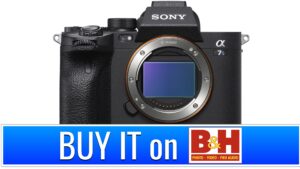
Final thoughts
So basically, for about $4,000 you are getting a very decent camera that can capture beautiful, full-frame high DR 12-bit ProRes RAW images, without worrying about recording times (EOS R5 anyone?). Also, you have some valid slow-motion capabilities combined with very good autofocus to get those cool cinematic shots. I’d say that the Sony α7S III is an entry-level professional filmmaking tool that can deliver stunning results, especially in low light environments. This camera can be the wedding filmmakers’ dream.
What are your insights about Sony α7S III? Would you use it in your productions? Can it be compared to the newly announced Canon EOS R5? Let’s know your thoughts.



